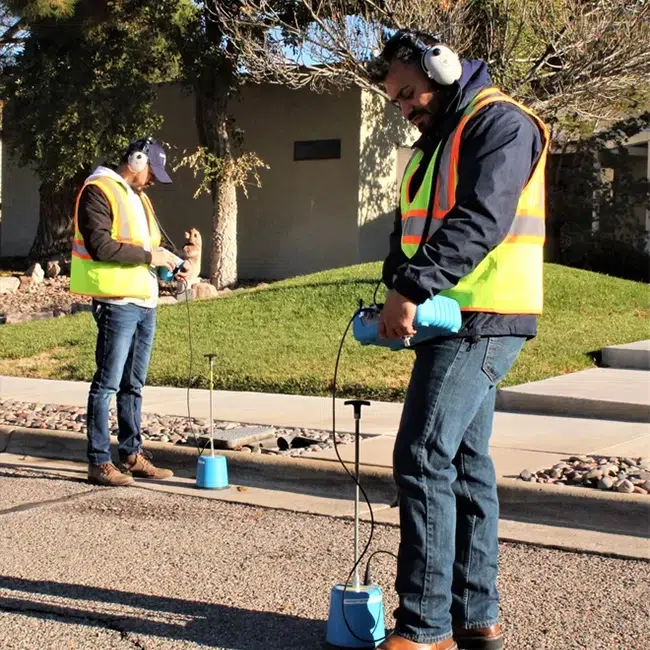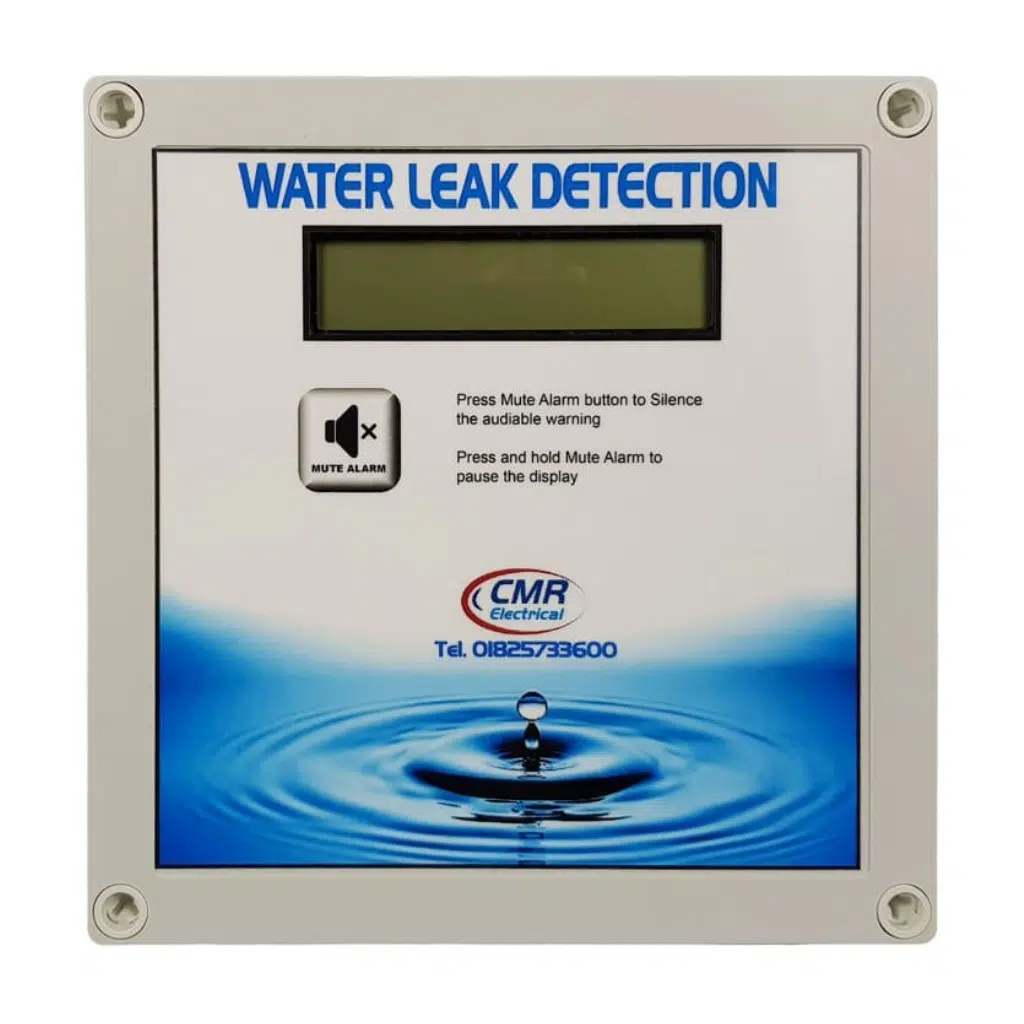Comprehensive Overview to Water Leak Detection for Home Owners and Services
Comprehensive Overview to Water Leak Detection for Home Owners and Services
Blog Article
Ingenious Solutions for Early Discovery of Water Leakages in Structures and Framework
From innovative leakage discovery modern technologies to the implementation of IoT sensors for real-time tracking, the landscape of leakage avoidance is evolving quickly. Automated water circulation analysis systems are reshaping exactly how leaks are determined and addressed, leading the method for a positive method to water leakage detection.
Advanced Leak Detection Technologies
Advanced leakage discovery technologies, geared up with innovative sensing units and formulas, play an essential duty in quickly identifying and determining water leakages in various setups. These modern technologies employ a combination of acoustic, thermal, and electromagnetic noticing methods to spot leakages accurately. Acoustic sensors identify the sound of running away water, enabling specific localization of the leakage source. Thermal imaging discovers temperature level adjustments caused by water leak, offering an additional effective approach for leak recognition. Electro-magnetic sensing units can identify modifications in electro-magnetic fields triggered by water, using yet an additional layer of leak detection ability.

IoT Sensors for Real-Time Surveillance
In the realm of modern water leak detection, the combination of IoT sensors for real-time surveillance represents a critical development in boosting proactive leak discovery abilities. These sensing units use continuous tracking of water systems, offering real-time data on water circulation rates, pressure variants, and temperature level changes. By leveraging IoT modern technology, these sensing units can find even the smallest abnormalities in water usage patterns, enabling very early recognition of possible leakages before they rise right into major concerns.
IoT sensors transfer data to a centralized system, where advanced formulas evaluate the information and generate signals or alerts when abnormalities are found. This real-time tracking ability permits residential property proprietors or facility supervisors to quickly address leakages, decreasing water damage, decreasing fixing costs, and conserving water resources.
Additionally, IoT sensing units can be incorporated with structure monitoring systems, allowing for automatic feedbacks to identified leakages, such as shutting down water shutoffs or triggering pumps to mitigate the impact of leaks. Overall, the application of IoT sensors for real-time tracking substantially boosts the efficiency and effectiveness of water leakage detection in buildings and facilities.
Artificial Intelligence Algorithms for Leakage Forecast

One secret advantage of using artificial intelligence for leakage prediction is its ability to constantly learn and improve its precision with time. As more information is collected and fed into the formula, it can fine-tune its forecasts and adjust to transforming problems, inevitably increasing the integrity of leak detection systems.
Moreover, device knowing algorithms these details can help in determining refined signs of leakages that might go unnoticed by standard surveillance techniques. water leak detection. By examining complex information sets in real-time, these algorithms can supply early warnings and notifies, permitting punctual treatment and preventative upkeep to reduce possible water damage and connected costs
Utilizing Thermal Imaging for Leak Discovery
Thermal imaging innovation offers an appealing strategy for finding water leakages in various systems and infrastructures. By making use of infrared radiation and temperature differences, thermal imaging video cameras can identify covert leaks that are not quickly visible to the nude eye.
Among the essential advantages of thermal imaging for leak detection is its non-intrusive nature. Unlike conventional methods that might require burglarizing wall surfaces or floors to find leaks, thermal imaging enables non-destructive screening. This not only saves time and minimizes expenses but also reduces disruption to the structure or framework being examined. Furthermore, thermal imaging can promptly check huge areas, providing a thorough overview of potential leakage sources in a prompt way. Overall, using thermal imaging technology enhances the effectiveness and accuracy of water leakage discovery, making it a useful device for keeping the integrity of buildings and infrastructures.
Automated Water Circulation Analysis Equipments
Exactly how can automatic water flow evaluation systems reinvent the detection and go to my blog monitoring of leakages in various systems and facilities? Automated water flow analysis systems provide a positive technique to leakage discovery by continuously keeping track of water circulation rates and patterns. By establishing standard information, these systems can quickly identify deviations that might indicate a leak, allowing prompt treatment to avoid substantial damage.
These systems utilize advanced formulas to examine real-time data and give immediate informs when abnormalities are found, permitting swift action to be taken. In addition, automated water flow evaluation systems can be integrated with structure monitoring systems or IoT systems, boosting overall performance and allowing remote tracking capabilities.
Furthermore, the data gathered by these systems can be used for anticipating upkeep purposes, aiding to identify prospective weak factors in the infrastructure before leaks take place. On the whole, the execution of automatic water circulation evaluation systems can significantly boost leakage discovery and management practices, inevitably causing set you back savings, lowered water wastefulness, and raised sustainability in buildings and facilities.

Verdict
Finally, the combination of sophisticated leak discovery innovations, IoT sensors, equipment discovering formulas, thermal imaging, and automated water circulation evaluation systems uses ingenious options for early detection of water leaks in buildings and facilities. These modern technologies allow real-time tracking, prediction of leakages, and reliable discovery techniques to avoid water damages and wastage. Carrying out these services can aid in maintaining the stability and sustainability of water systems in different setups.
Report this page